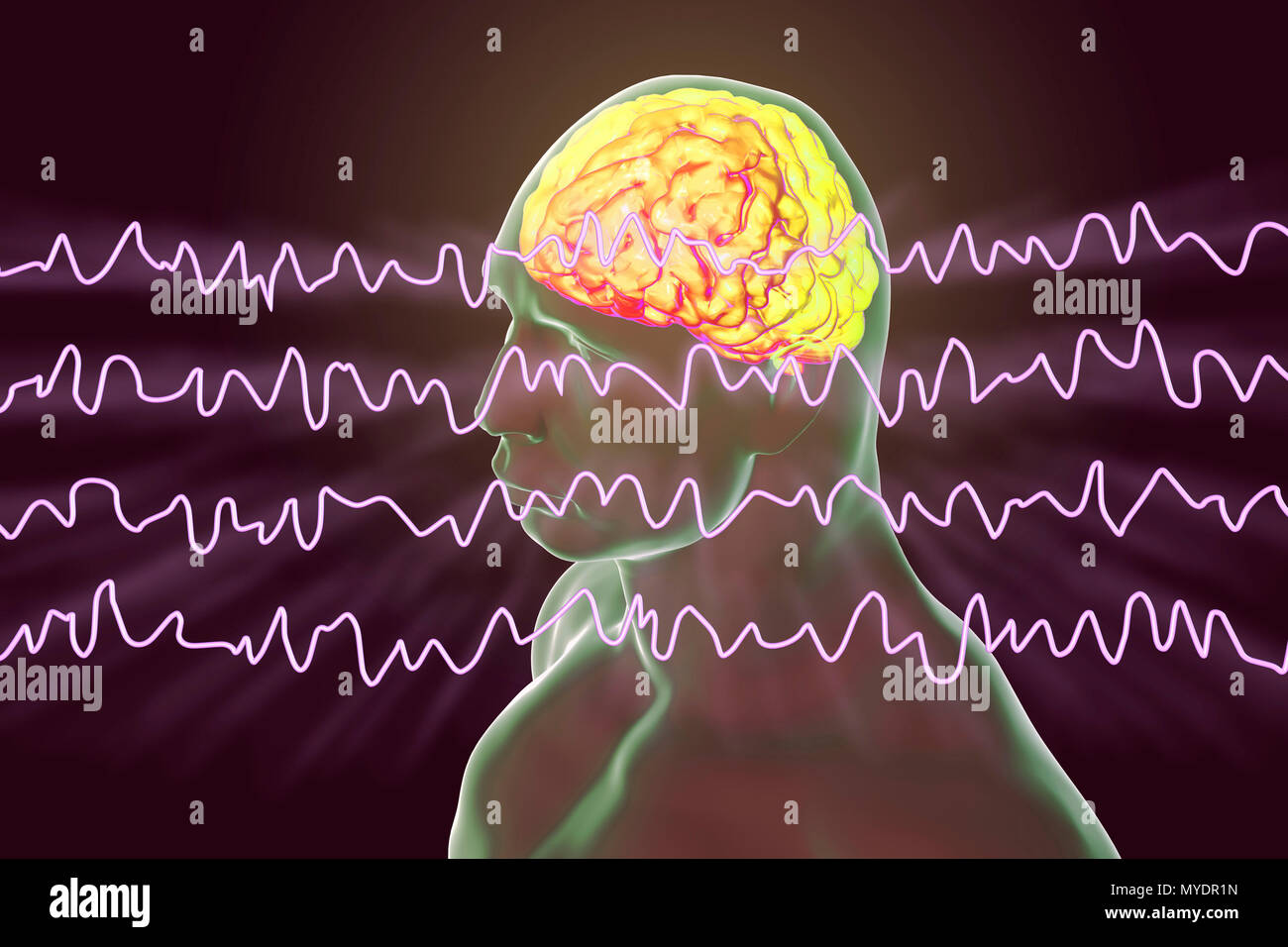

This combined recording can help your doctor diagnose and treat your condition.Īmbulatory EEGs (aEEGs), which allow for longer monitoring outside an office or hospital setting, are in limited use. Your body motions are captured by a video camera while the EEG records your brain waves. Video is routinely recorded during the EEG.At various times, the technician might ask you to open and close your eyes, perform a few simple calculations, read a paragraph, look at a picture, breathe deeply for a few minutes, or look at a flashing light. You relax in a comfortable position with your eyes closed during the test.Testing for certain conditions require you to sleep during the test. Once the electrodes are in place, an EEG typically takes up to 60 minutes. The electrodes are connected with wires to an instrument that amplifies the brain waves and records them on computer equipment. Sometimes, an elastic cap fitted with electrodes is used instead. Those spots on your scalp might be scrubbed with a gritty cream to improve the quality of the recording.Ī technician attaches discs (electrodes) to your scalp using a special adhesive. A technician measures your head and marks your scalp with a special pencil to indicate where to attach the electrodes.Here are some things you can expect to happen during an EEG: The electrodes don't transmit any sensations.

You'll feel little or no discomfort during an EEG. Some people wear an elastic cap fitted with electrodes, instead of having the adhesive applied to their scalps. The electrodes are connected to the EEG machine with wires. In a high-density EEG, shown here, the electrodes are closely spaced together. During an EEG, flat metal discs (electrodes) are attached to your scalp.


 0 kommentar(er)
0 kommentar(er)
